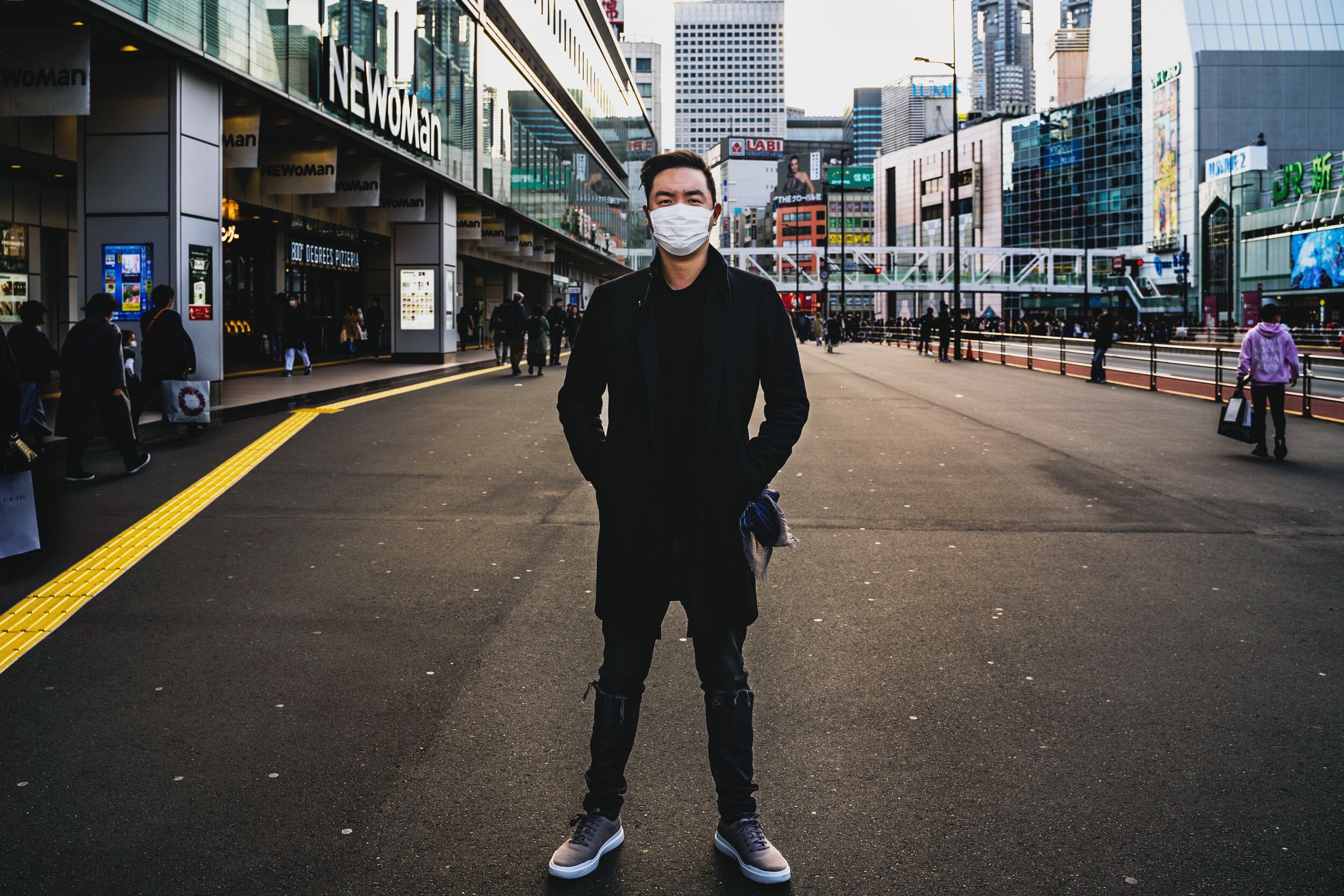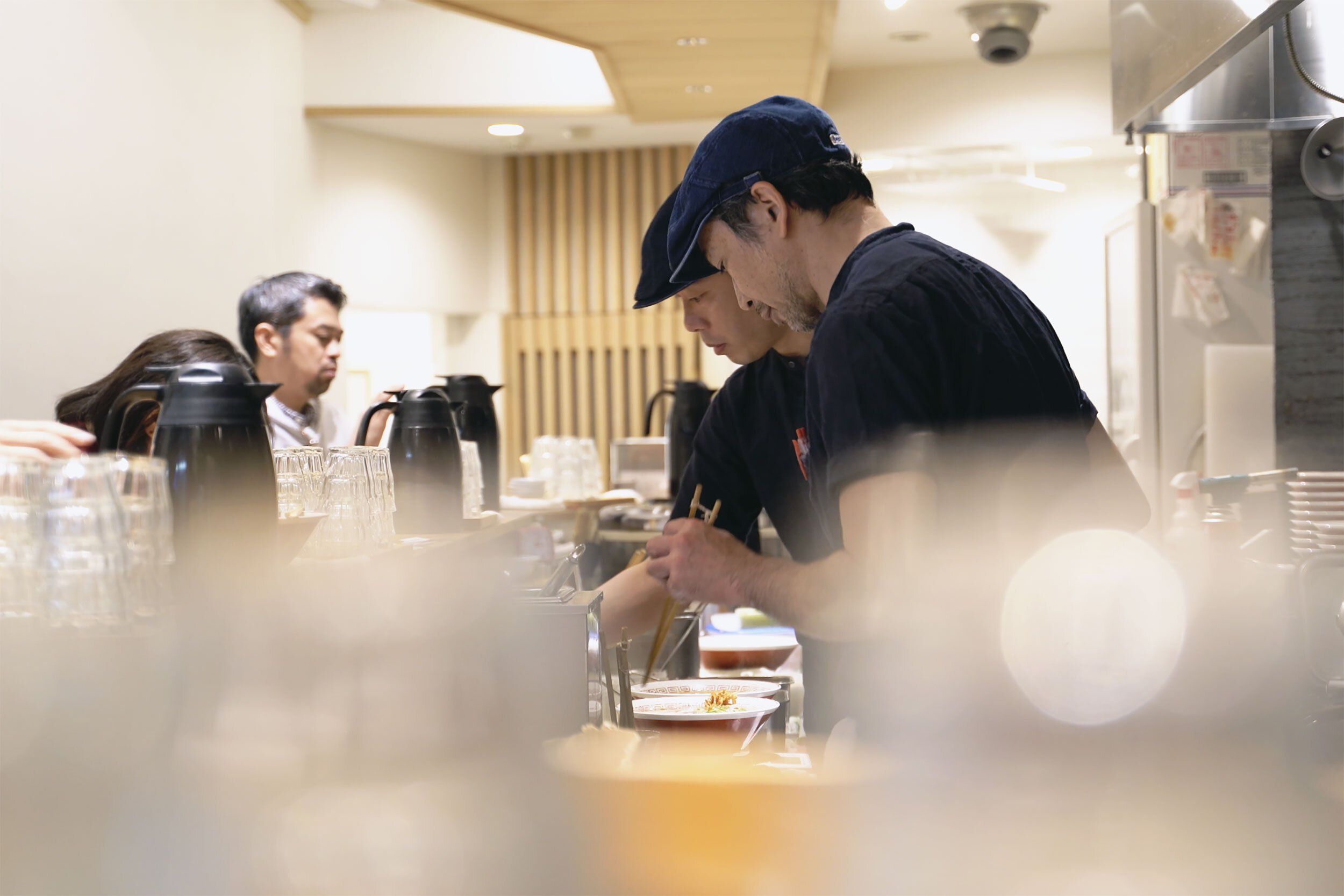About My Japan-Related Business
I started a company that is connected to Japan, helping businesses do international marketing to the country.
First Day Back in the Tokyo Office After Lockdown
What it’s like to go back to work in Tokyo after the COVID-19 / Coronavirus pseudo-lockdown.
UNIQLO’s Initial Black Lives Matter Statement Highlights Japanese Marketing Struggles
UNIQLO’s initial Black Lives Matter post highlights the struggles Japanese brands sometimes have when marketing to an international audience.
Working in Japan Can Be Lonely
Due to language, cultural and mindset barriers, working at a Japanese company as a foreigner can be unintentionally lonely at times.
Working From Home in Tokyo
A look at working from home in Tokyo, as the city is now in a quasi-lockdown and tries to reduce person-to-person contact by 70%.
Life in Tokyo During the Coronavirus Pandemic
How it’s like living and working in Tokyo during the COVID-19 / Coronavirus pandemic.
Typical Workday Lunch Costs in Tokyo
What my typical lunches on Tokyo workdays are like and how much they cost.
Finding a Job in Japan
The way I found a job in Japan is an often unknown and underused tool. I explain it here.







